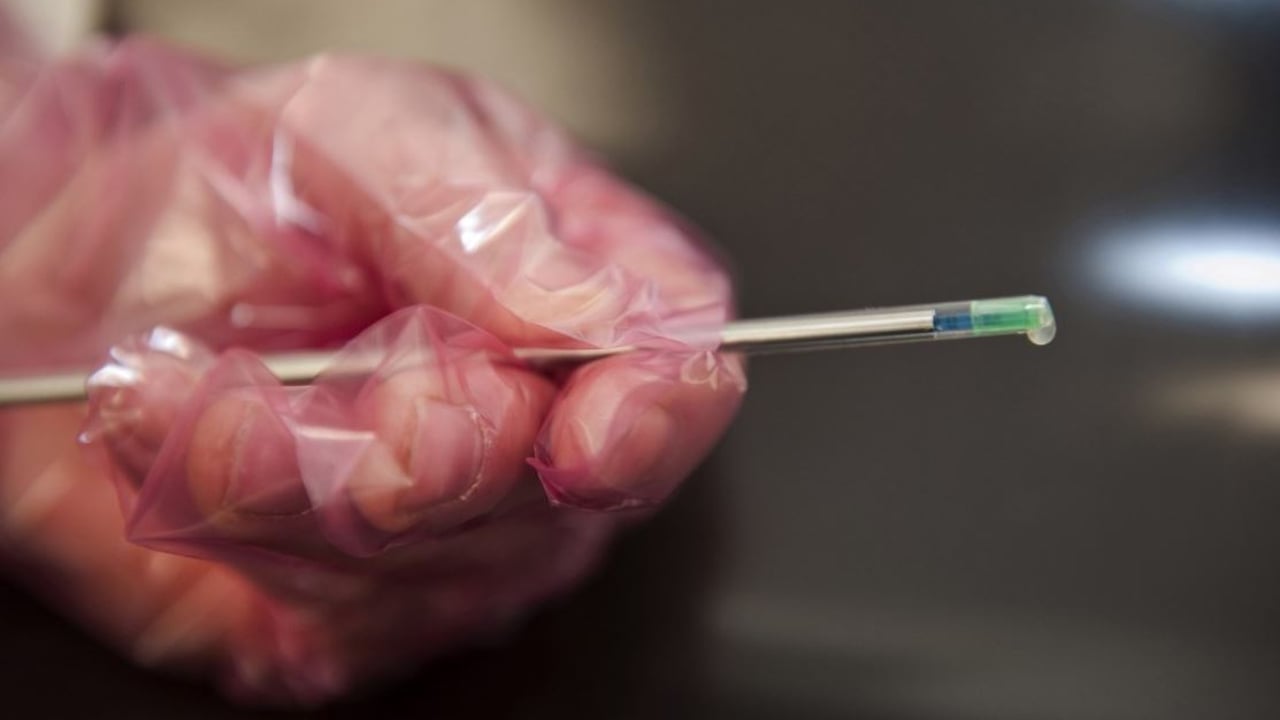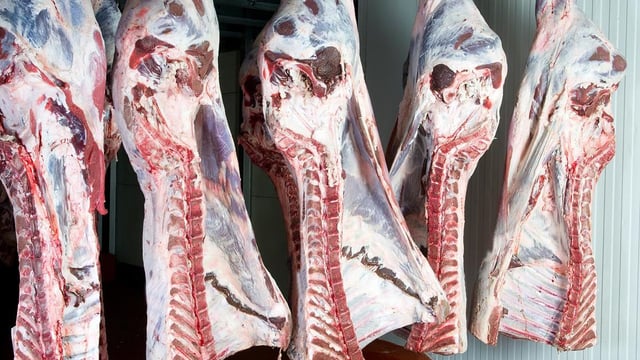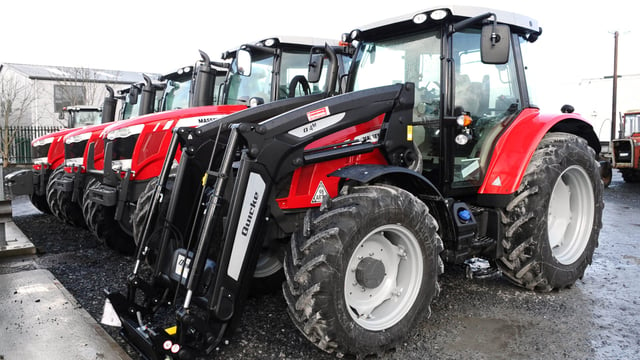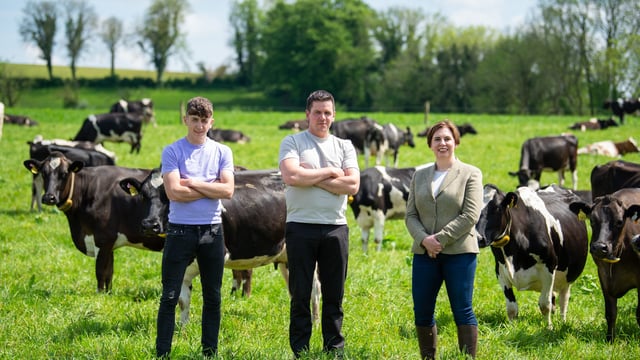Autumn calving: Selecting sires as mating start date looms
The mating start date is getting very close now for autumn calving herds, so it is important to select sires for replacement stock over the coming days and weeks.
In order to get the best out of your winter milk contract, the most efficient cow to produce milk during the winter months is an October/November calved cow.
For the majority of winter milk herds (<50% liquid contract), starting to calve in October will suffice to meet contract targets.
You also need to determine how many cows are actually needed to fulfil your contract, as having extra cows calving at that time of year is difficult to make pay.
Based on the average gestation length of 285 days, serving cows would have to start on December 20, for cows to be calving on October 1, 2025.
The advice from Teagasc is to maximise the use of sexed semen to produce the target number of replacements and to use high dairy beef index (DBI) beef artificial insemination (AI) on the remainder.
A lot of thought and effort should go into selecting sires and matching them with appropriate cows. Each and every cow should be analysed using the likes of SireAdvice.
By doing this, you are using the data from previous lactations and actually physically looking at the cow to see what traits needs to improved on.
Using your records, you should identify the lower performing cows in the herd and either mark them for culling or breed them to high DBI bulls.
Farmers should try to avoid breeding their replacements from cows with low milk solids, poor temperament, poor fertility, high somatic cell count (SCC), or have lameness issues.
Teagasc recommends using a panel of high economic breeding index (EBI) bulls of over €300 from the active bull list, with seven bulls recommended for a 100-cow herd.
Farmers need to choose a team of bulls that are balanced for both the milk (over €100) and fertility (over €120) sub-index.
Solids is what is going to drive profitability and milk efficiency, so farmers should target a high combined kg of milk solids of over 35kg.
Aim to hold the milk volume proof at 0-150kg, with a high fat potential of over 0.24 and a protein potential of over 0.17.
There should be a keen focus on the health sub-index, as there has shown to be direct correlation to SCC performance and so a team of bulls should be selected with an average of over €5.
Extreme cows with regards to type/conformation should be avoided as ideally, you want to breed a robust, functional cow that will last in the herd.
Select two to three of the bulls in your team with low calving ease proofs for use on your dairy replacement heifers as the last thing you want, is to have heifers struggling to calve on their own.
Farmers should consider a synchronisation programme for the start of their breeding season, as the target should be to breed all your replacements heifers in the first 10 days of the breeding season.





